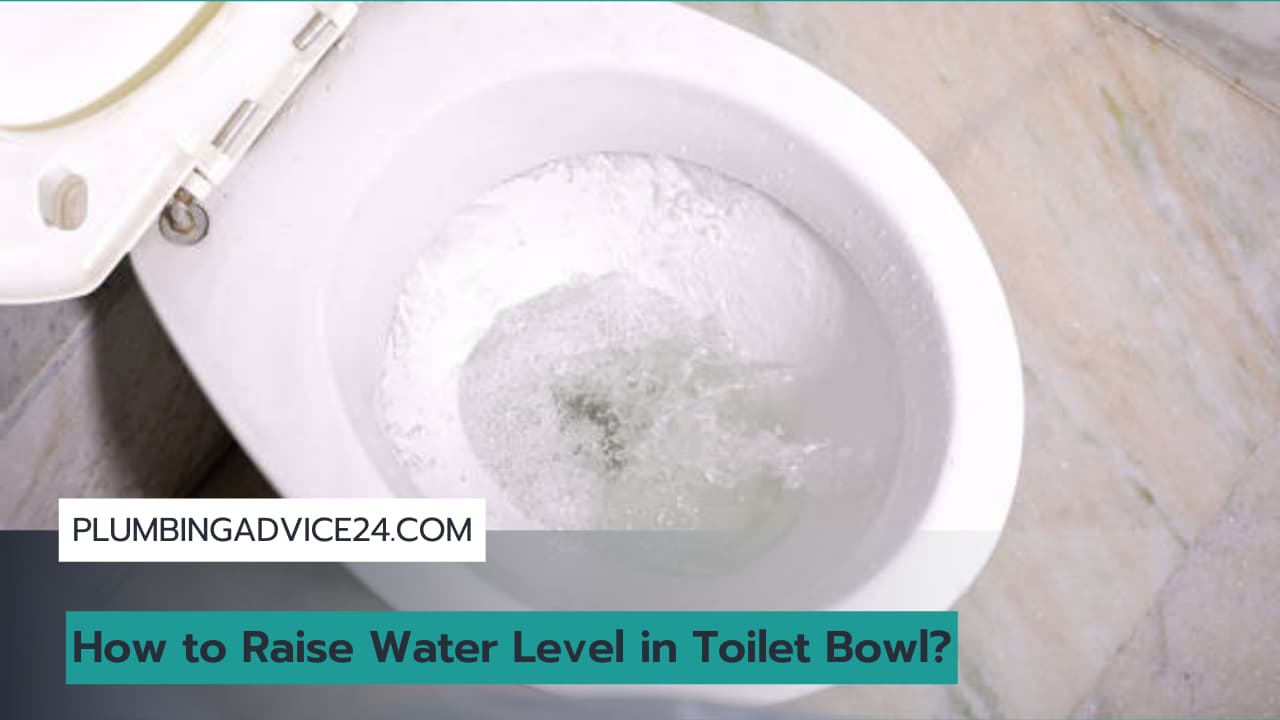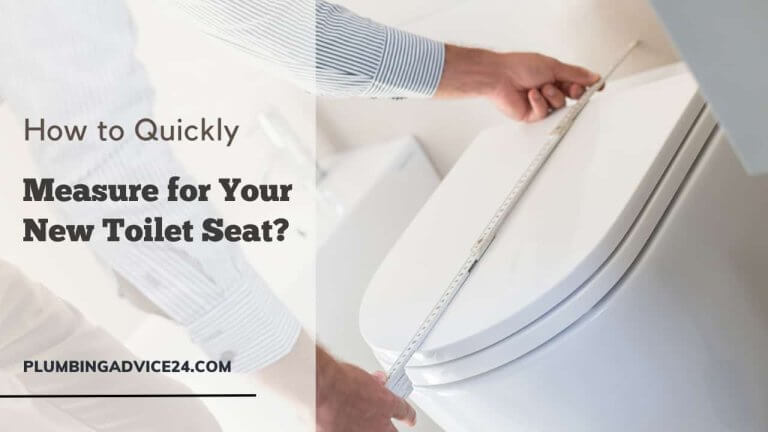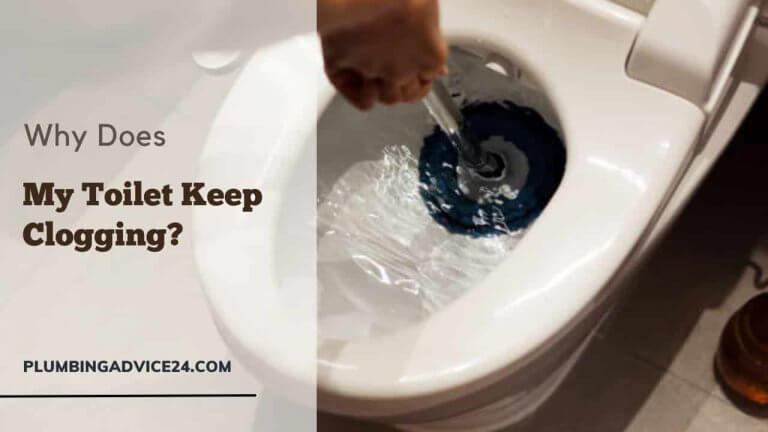How to Raise Water Level in Toilet Bowl
The water level in the bowl is among the most important factors determining how well a toilet functions. The right amount of water in the bowl guarantees that waste is completely washed away and prevents offensive aromas from coming from the bowl. However, sometimes the water level drops, so it becomes very difficult to flush. So, don’t worry about this; we discuss ways to raise the water level in a toilet bowl.
Why Is Your Toilet Bowl’s Water Level Important?
You should constantly maintain the water level in your toilet bowl at the same level for several reasons, and you must do so. To begin, keeping the toilet in the bathroom clean will be easy. If there isn’t enough water in the bowl, grit and other rubbish might accumulate, making cleaning more difficult.
As a result, it is critical to ensure that there is adequate water. Another factor that might lead to a blockage is a lack of water in the system. Finally, the quantity of water in your toilet bowl might affect how smoothly it flushes. If there is insufficient water in the bowl, the component that makes your toilet flush may not function properly.
Signs Your Toilet’s Water Level Is Too Low
Low water levels in a toilet may lead to several issues. Some warning signs are as follows:
1. Weak flush:
A weak flush occurs when insufficient water is in the toilet bowl to dislodge trash and toilet paper completely.
2. Foul odor:
A bad odor may come from the toilet bowl if the water level is too low. This is because there is insufficient water to guarantee that the toilet bowl stays clean and that waste is adequately flushed away.
3. Visible stains:
Stains on the bowl’s sides might indicate that there isn’t enough water. This is because stains and residue are left behind when trash and toilet paper are flushed incorrectly.
4. Difficulty in cleaning:
Low water levels make it difficult to clean the toilet bowl, even with the help of a cleaning chemical. When there isn’t enough water in the bowl, waste, and toilet paper don’t get flushed away, which may lead to stains and residue that are hard to remove.
5. Constant clogging:
If your toilet bowl becomes blocked often, it may indicate low water levels. Low water levels may cause a toilet to flush poorly, making removing waste and toilet paper difficult. The sooner you take action if you see any warning signals, the less harm you’ll do to your plumbing system.
Related Post : Why Is My Toilet Bubbling And How to Fix It?
How to Raise Water Level in Toilet Bowl?
If you are experiencing a low water level in your toilet bowl, you can try the following steps to rise the water level in toilet bowl:
Adjust the Fill Valve
A toilet’s fill valve controls how much water is kept in the tank. The bowl could only contain enough water if the fill valve is set up correctly. Find the fill hole on the left side of the tank and turn it back to adjust the water level. Turning the aperture in either a clockwise or counterclockwise direction will cause the water level to change. Till the water level is where you want it, make little modifications.
Check the Flapper Valve
The rubber cover at the tank’s bottom is the flapper valve. When you flush the toilet, water enters the bowl via a hole in the flapper valve. The water level in the bowl can drop below the ideal level if the flapper valve malfunctions.
Flushing the toilet, turning off the water in the bowl, and removing the tank top are all necessary steps before accessing the flapper valve. Look at how the pipe is opened and closed by the flapper valve. The flapper valve may need to be changed if it does not close completely.
Adjust the Float Ball
The toilet tank’s float ball controls how much water fills the bowl. The water level in the bowl might be dangerously low if the float ball is too low. Place the float ball on its end to move the metal arm into the toilet tank. The float ball rises simply by lifting the arm, raising the tank’s water level. After putting the float ball in the bowl, check the water level to ensure it is at the right depth.
Clean the Rim Holes
The “rim holes” surrounding the bowl’s rim allow water to enter the bowl during a toilet flush. If minerals or other foreign objects get lodged in the rim holes, the water level in the bowl may fall to a hazardous level. Use a toothbrush or a small brush to clean the holes in the rim. Flushing the toilet many times will help to guarantee that water flows easily through the rim holes and into the bowl.
Replace the Toilet Bowl
You may need to replace the toilet bowl if nothing else works completely. The porcelain bowl may get cracked or broken due to wear, bringing the water level to a potentially fatal level. Furthermore, since earlier toilets were only sometimes built to hold as much water as modern ones, the water level can be lower than it should be. If you need to replace the toilet bowl, seek a bigger capacity. This method may always be used to ensure enough water in the bowl.
Conclusion:-
A toilet needs a lot of water in the bowl to work correctly. To raise the water level in a toilet, one may adjust the fill valve, check the flapper valve, adjust the float ball, clean the rim holes, or even replace the bowl. You can ensure your toilet functions correctly and avoid unpleasant smells or clogs if you take the time to figure out why the water level is low and repair it accordingly. Even if it could take some time, it is important to accomplish this goal.
Related Post : How Does a Toilet Work?
How Can I Get More Water in My Toilet Bowl?
If you are experiencing a low water level in your toilet bowl, you can try the following steps to rise the water level in toilet bowl:
- Adjust the Fill Valve
- Check the Flapper Valve
- Adjust the Float Ball
- Clean the Rim Holes
What Causes Toilet Bowl Water Level to Drop?
The most common reason for a low water level in the toilet bowl is that your fill tube is damaged or broken in some way. This small, flexible plastic tube is your main water level control. When it is damaged, the water shuts off before the tank fills properly. Other causes include clog or blockage in the toilet’s pipes, cracks in the bowl or tank, faulty fill valve, and minerals that can build up in the rim jets around the bowl.
Why Is My Toilet Tank Losing Water?
The most common cause of toilet tank leaks is when the flapper fails to seat properly. The flapper is a rubber seal on the bottom of the tank that opens to allow water to enter the bowl during a flush. Over time, the flapper can collapse, allowing water to leak out of the tank and lowering the water level in the tank.
Can You Add Water to Toilet Tank?
Yes, you can add water to your toilet tank. It’s a good idea to check the water level in the tank regularly to make sure it’s at the right level for optimal flushing performance.
How to Raise the Water Level in Your Toilet Bowl?
If you are experiencing a low water level in your toilet bowl, you can try the following steps to rise the water level in toilet bowl:
- Adjust the Fill Valve
- Check the Flapper Valve
- Adjust the Float Ball
- Clean the Rim Holes
- Replace the Toilet Bowl
What Is the Average Amount of Water in a Toilet Bowl?
The average amount of water in a toilet bowl can vary depending on the specific toilet model and design. However, most toilets have a water capacity of about 1.6 gallons (6 liters) per flush, with some models using slightly more or less water.
If You Liked This Post? So Share It with Your Friends
Suggested Articles:









